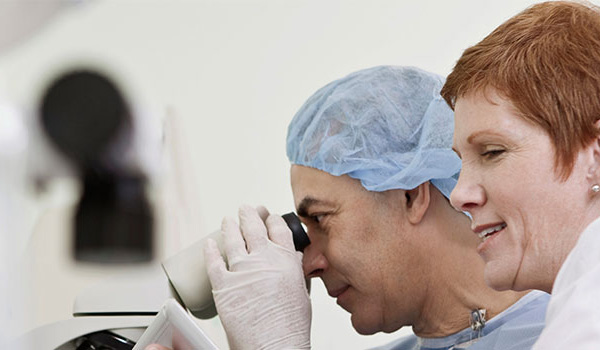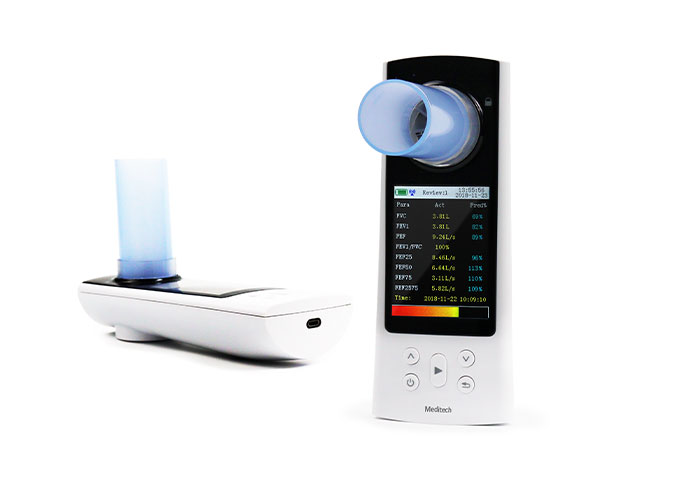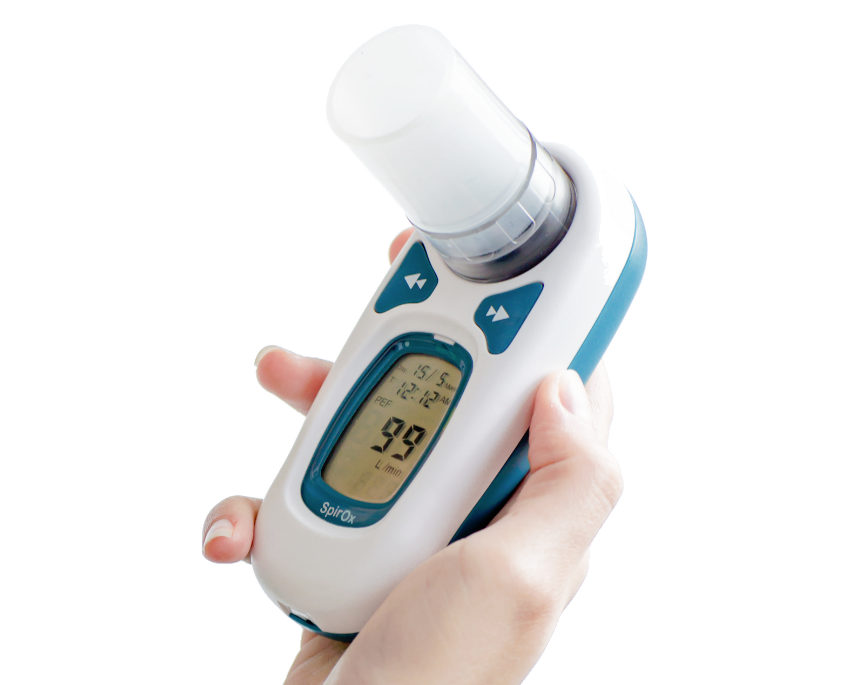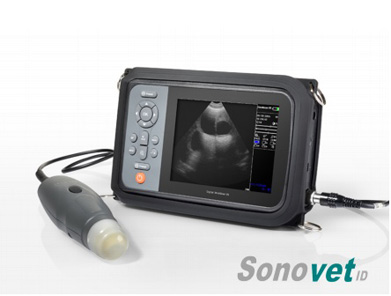Different Types of Ultrasound
The ultrasound that we have described so far presents a two dimensional image, or "slice," of a three dimensional object (fetus, organ). Two other types of ultrasound are currently in use, 3D ultrasound imaging and Doppler ultrasound.
3D Ultrasound Imaging
In the past two years, ultrasound machines capable of three-dimensional imaging have been developed. In these machines, several two-dimensional images are acquired by moving the probes across the body surface or rotating inserted probes. The two-dimensional scans are then combined by specialized computer software to form 3D images.
3D ultrasound images
3D imaging allows you to get a better look at the organ being examined and is best used for:
Early detection of cancerous and benign tumors
Examining the prostate gland for early detection of tumors
Looking for masses in the colon and rectum
Detecting breast lesions for possible biopsies
Visualizing a fetus to assess its development, especially for observing abnormal Development of the face and limbs
Visualizing blood flow in various organs or a fetus
Doppler Ultrasound
Doppler Ultrasound is based upon the Doppler Effect. When the object reflecting the Ultrasound waves is moving, it changes the frequency of the echoes, creating a higher frequency if it is moving toward the probe and a lower frequency if it is moving away from the probe. How much the frequency is changed depends upon how fast the object is moving. Doppler Ultrasound measures the change in frequency of the echoes to calculate how fast an object is moving. Doppler Ultrasound has been used mostly to measure the rate of blood flow through the heart and major arteries.
Doppler ultrasound used to measure blood flow through the heart. The direction of blood flow is shown in different colors on the screen.
Major Uses of Ultrasound
Ultrasound has been used in a variety of clinical settings, including obstetrics and gynecology, cardiology and cancer detection. The main advantage of ultrasound is that certain structures can be observed without using radiation. Ultrasound can also be done much faster than X-rays or other radiographic techniques. Here is a short list of some uses for Ultrasound:
Obstetrics and Gynecology
measuring the size of the fetus to determine the due date
determining the position of the fetus to see if it is in the normal head down position or breech
checking the position of the placenta to see if it is improperly developing over the opening to the uterus (cervix)
seeing the number of fetuses in the uterus
checking the sex of the baby (if the genital area can be clearly seen)
checking the fetus's growth rate by making many measurements over time
detecting ectopic pregnancy, the life-threatening situation in which the baby is implanted in the mother's Fallopian tubes instead of in the uterus
determining whether there is an appropriate amount of amniotic fluid cushioning the baby
monitoring the baby during specialized procedures - Ultrasound has been helpful in seeing and avoiding the baby during amniocentesis (sampling of the amniotic fluid with a needle for genetic testing). Years ago, doctors use to perform this procedure blindly; however, with accompanying use of ultrasound, the risks of this procedure have dropped dramatically.
seeing tumors of the ovary and breast
Cardiology
seeing the inside of the heart to identify abnormal structures or functions
measuring blood flow through the heart and major blood vessels
Urology
measuring blood flow through the kidney
seeing kidney stones
detecting prostate cancer early
In addition to these areas, there is a growing use for ultrasound as a rapid imaging tool for diagnosis in emergency rooms.
Dangers of Ultrasound
There have been many concerns about the safety of ultrasound. Because ultrasound is energy, the question becomes "What is this energy doing to my tissues or my baby?" There have been some reports of low birth weight babies being born to mothers who had frequent ultrasound examinations during pregnancy. The two major possibilities with ultrasound are as follows:
development of heat - tissues or water absorb the Ultrasound energy which increases their temperature locally
formation of bubbles (cavitations) - when dissolved gases come out of solution due to local heat caused by ultrasound
However, there have been no substantiated ill-effects of ultrasound documented in studies in either humans or animals. This being said, Ultrasound should still be used only when necessary (i.e. better to be cautious).
An Ultrasound Examination
For an ultrasound exam, you go into a room with a technician and the ultrasound machine. The following happens:
You remove your clothes (all of your clothes or only those over the area of interest).
The ultrasonographer drapes a cloth over any exposed areas that are not needed for the exam.
The ultrasonographer applies a mineral oil-based jelly to your skin -- this jelly eliminates air between the probe and your skin to help pass the sound waves into your body.
The ultrasonographer covers the probe with a plastic cover.
He/she passes the probe over your skin to obtain the required images. Depending upon the type of exam, the probe may be inserted into you.
You may be asked to change positions to get better looks at the area of interest.
After the images have been acquired and measurements taken, the data is stored on disk. You may get a hard copy of the images.
You are given a towelette to clean up.
You get dressed.

















